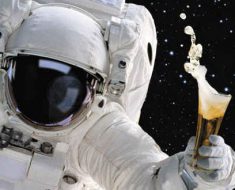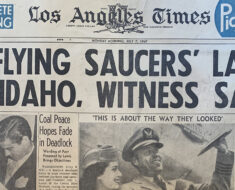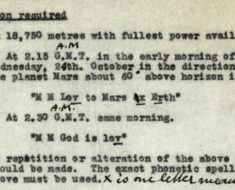Go ahead, guess. Use all the scientific reasoning available in the early 19th century and take a stab at an answer.
Stumped?
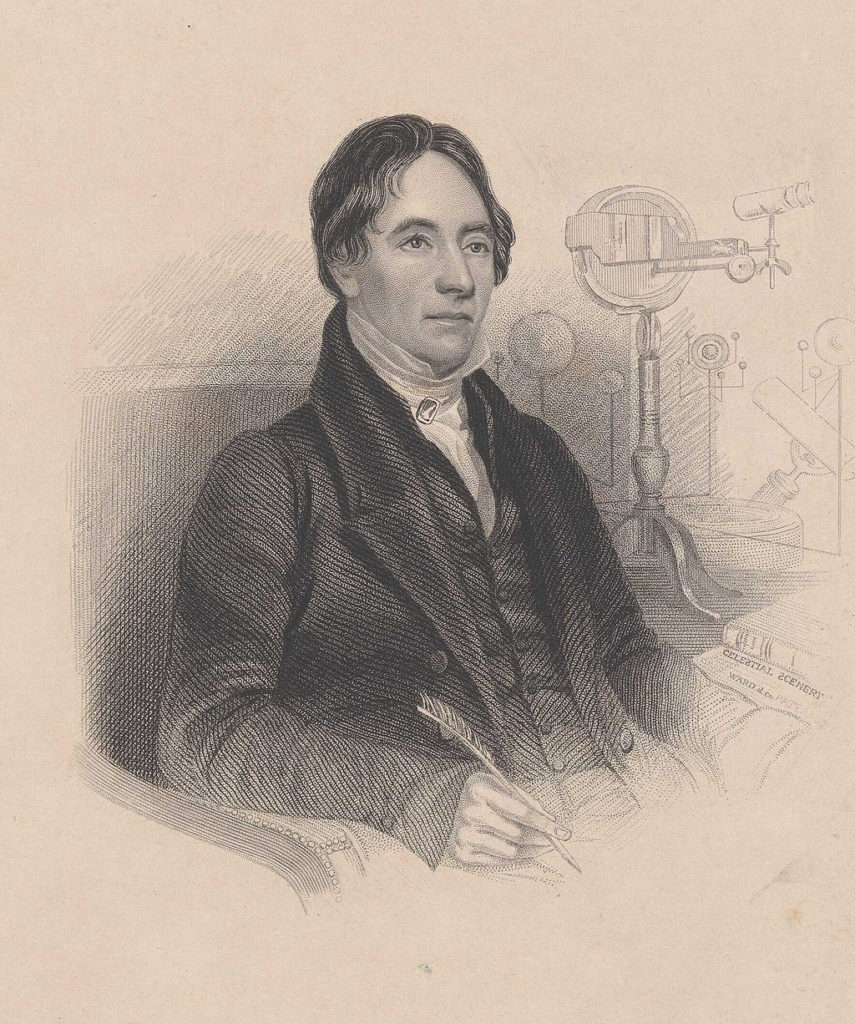
Thomas Dick, author of Celestial Scenery. Census taker of the universe. Via Wikimedia Commons.
Thomas Dick wasn’t. The Scottish minister and amateur astronomer meticulously calculated the number of Jovians based on available data. This was just one part of his 1830 book, Celestial Scenery: or, The Wonders of the Planetary System Displayed, in which he took a census of the entire universe. Including the sun.
Dick knew that Jupiter was 89,000 miles in diameter. Its surface, he wrote, was 24,884,000,000 square miles.
So, to calculate the number of inhabitants all he had to do was determine a constant population rate per square mile. That constant, used throughout his book, was based on the average number of people per square mile in 1830 Great Britain, which was 280.
With a little simple multiplication, you arrive at 6,967,520,000,000. That, Dick claimed, was “nearly fifty times the number of human beings that have ever existed on the earth since its creation.”
The misguided astronomer was in awe of the possibilities:
If such a population actually exist, as we have little reason to doubt, it may hold a rank, under the Divine government, equal to several thousands of worlds such as ours. Such an immense globe, replenished with such a number of intellectual beings, revolving with such amazing rapidity round its axis, moving forward in its annual course 30,000 miles every hour, and carrying along with it four moons larger than ours to adorn its firmament, presents to the imagination an idea at once wonderful and sublime, and displays a scene of wisdom and omnipotence worthy of the infinite perfections of its Creator.”
As for his grand total in the universe, Dick proclaimed its population was 22 trillion. Though significantly off, perhaps distant universes will someday prove his number a little more accurate.
Have you come across any alien beings? If so, read about Alien Abduction Insurance.
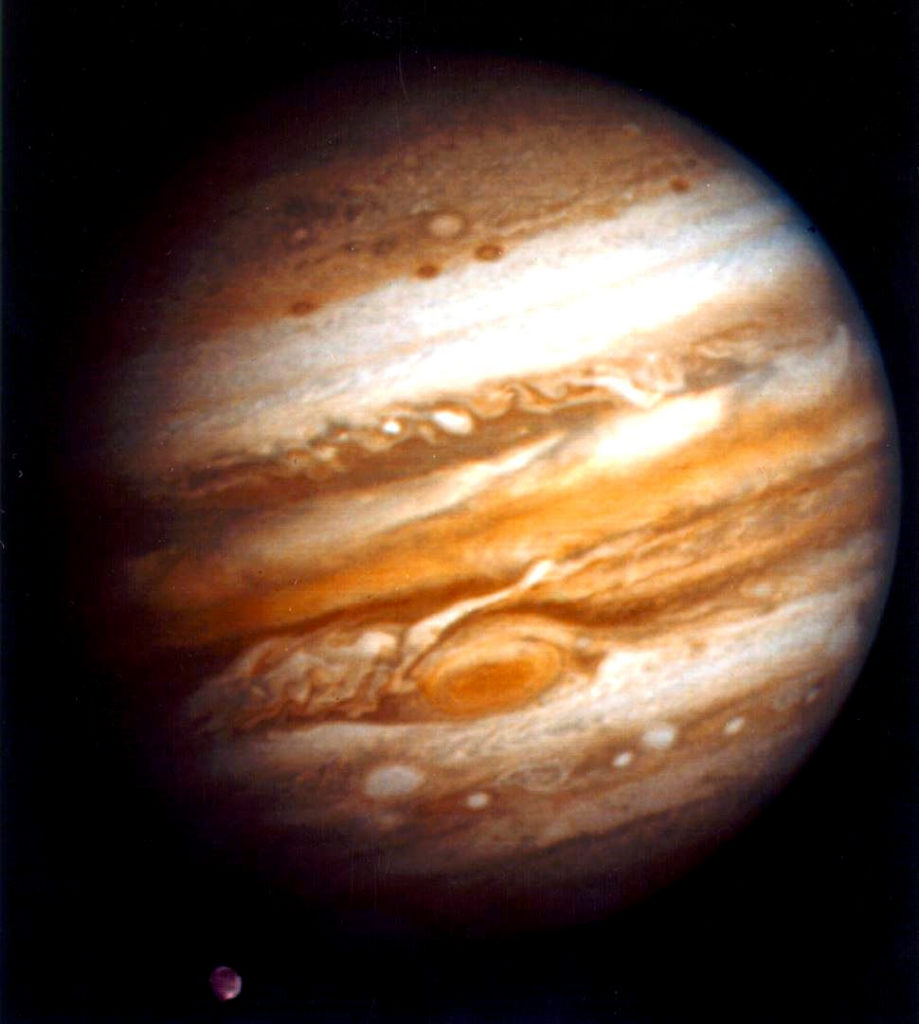
Jupiter and one of its moons, Ganymede, in the lower left. Taken January 24, 1979 — 149 years after it was believed nearly 7 trillion beings populated it. NASA/JPL.

